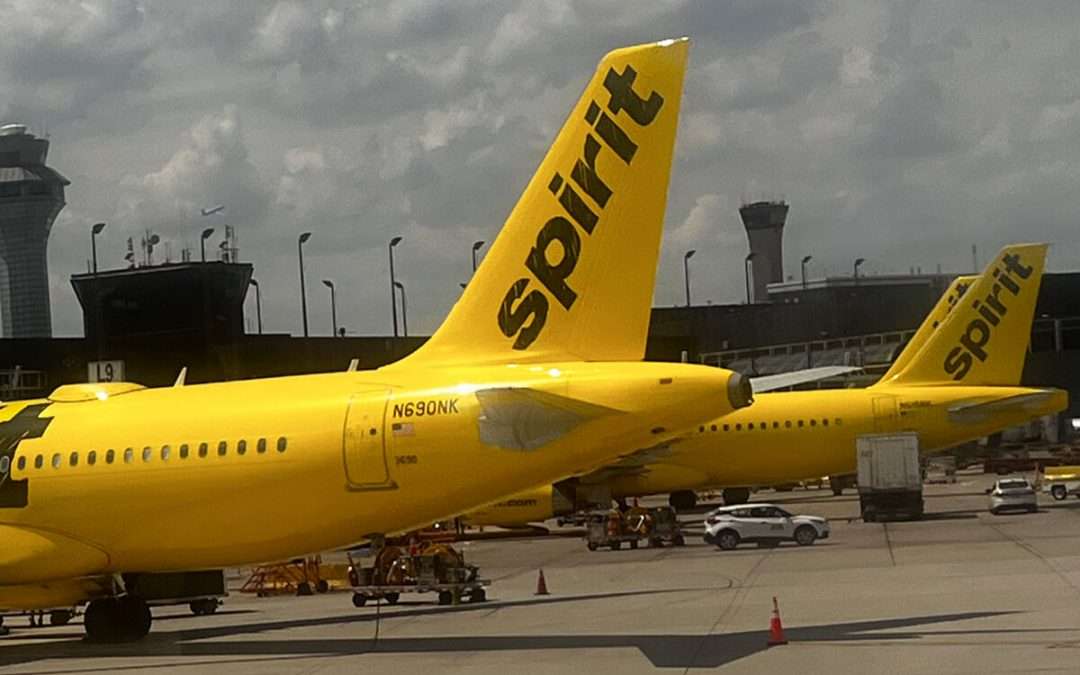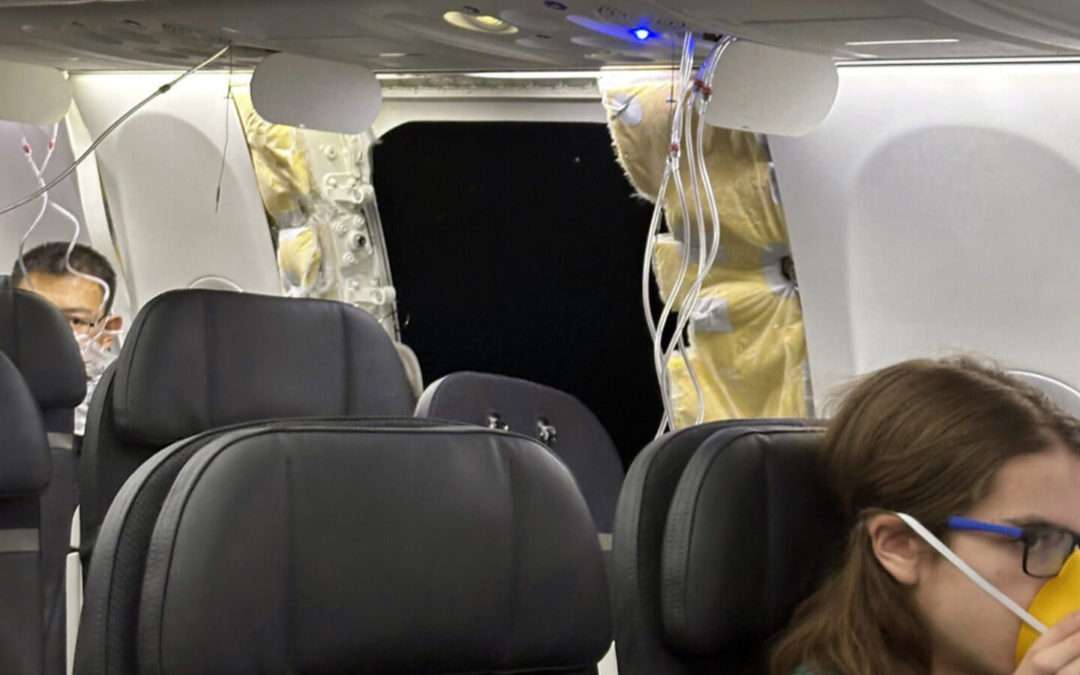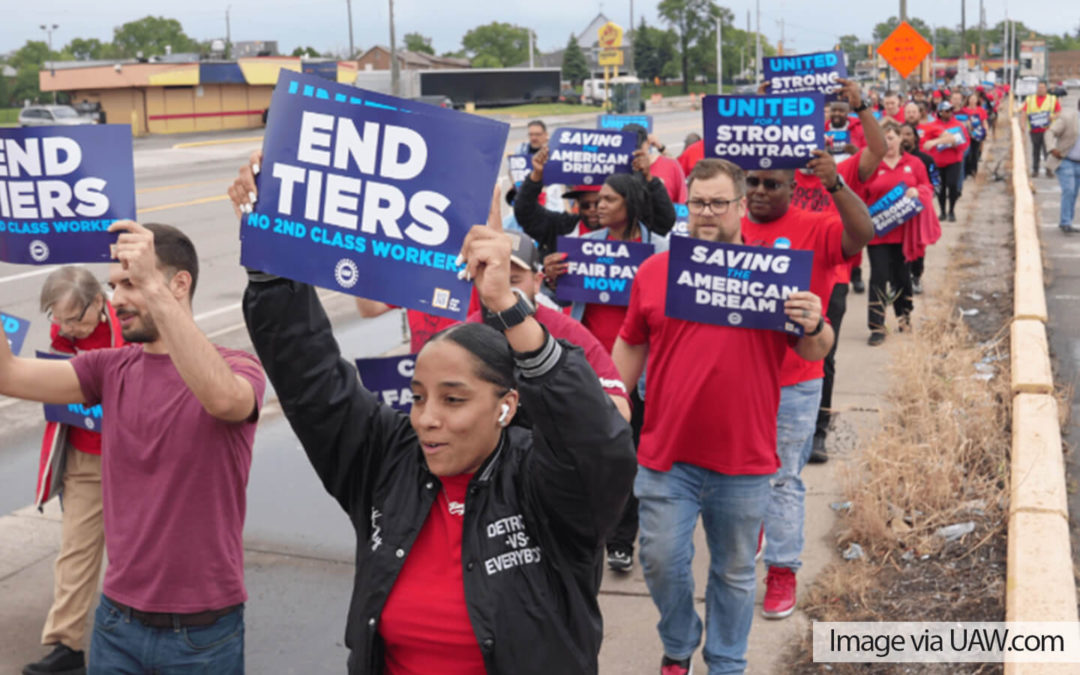
by Eric Price | Jan 22, 2024 | EAP, Front Page, Helping Hands, Recent News, Row 2, Uncategorized
January Helping Hands: New Beginnings EAP Peers: January is traditionally a month of resolutions, self reflection, reviews and changes. The first Helping Hands of 2024 focuses on new beginnings. There are several ideas about new beginnings and reframing the...

by Eric Price | Jan 16, 2024 | Featured News, Front Page, JetBlue, MNPL, Perusals, Recent News, Row 2, Spirit, Transportation Territory, Uncategorized
Federal Judge Slaps Down JetBlue-Spirit Merger, Citing Competition Concerns Federal Judge Slaps Down JetBlue-Spirit Merger, Citing Competition Concerns IAM141.org 16 January 2024 U.S. District Judge William Young blocked the $3.8 billion attempt by Jetblue to purchase...

by Eric Price | Jan 9, 2024 | Featured, Featured News, Front Page, Recent News, Row 2, Safety, Uncategorized
Transcript: Alaska Airlines Pilot Calm Under Depressure Transcript: Alaska Airlines Pilot Calm Under Depressure IAM141.org 9 January 2024 The pilot flying the Alaska Airlines flight from Portland to Seattle last Friday is getting noticed for her super-chill handling a...

by Eric Price | Dec 12, 2023 | Community Service, Front Page, Recent News, Recent News, Row 2, Uncategorized
Celebration and Solidarity: Local 914 Launches Black Tie Charity Event Celebration and Solidarity: Local 914 Launches Black Tie Charity Event IAM141.org 12 December 2023 Machinists Union Local 914, representing over 4,000 members at Newark Liberty International...

by Eric Price | Oct 4, 2023 | Community Service, Front Page, Other News, Recent News, Row 2, Uncategorized
Domestic Abuse Awareness Day: Standing Together in Strength Domestic Abuse Awareness Day: Standing Together in Strength IAM141.org October 4, 2023 Chicago, October 4th, 2023 – Machinists Union Local Lodge 1487 hosted a poignant Domestic Abuse Awareness Day event...

by Eric Price | Sep 20, 2023 | Front Page, Organizing, Other News, Perusals, Recent News, Row 2, Uncategorized
Here’s What Could Happen if UAW Wins a 4-Day Workweek for Automakers IAM141.org September 20, 2023 + Show solidarity with UAW The United Auto Workers (UAW) are currently engaged in a historic, nationwide strike action in pursuit of fair wages and ending the...







